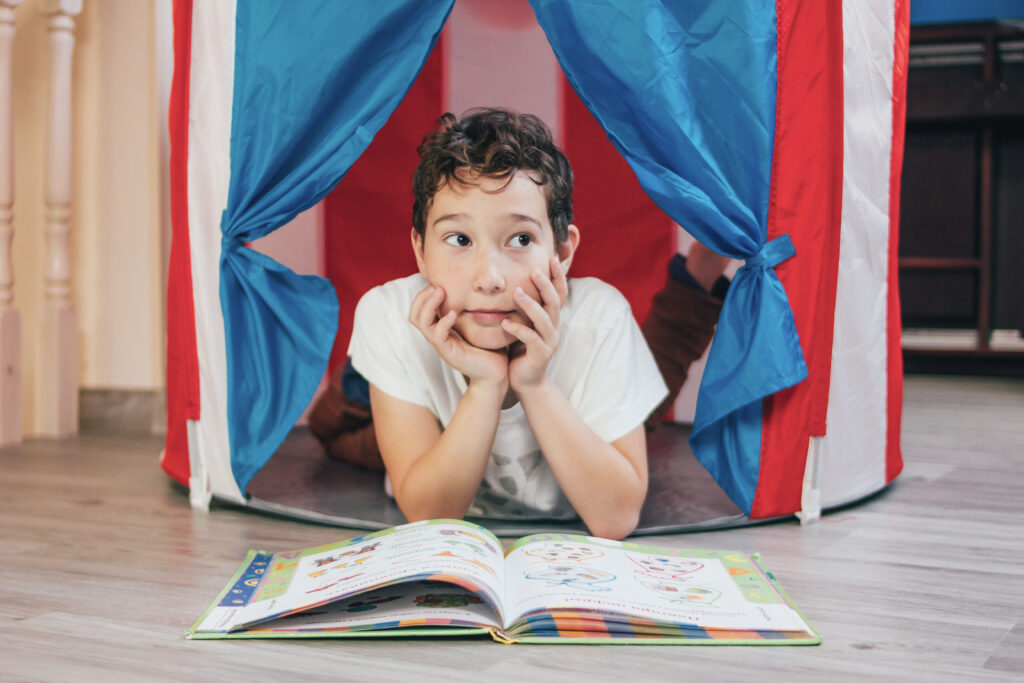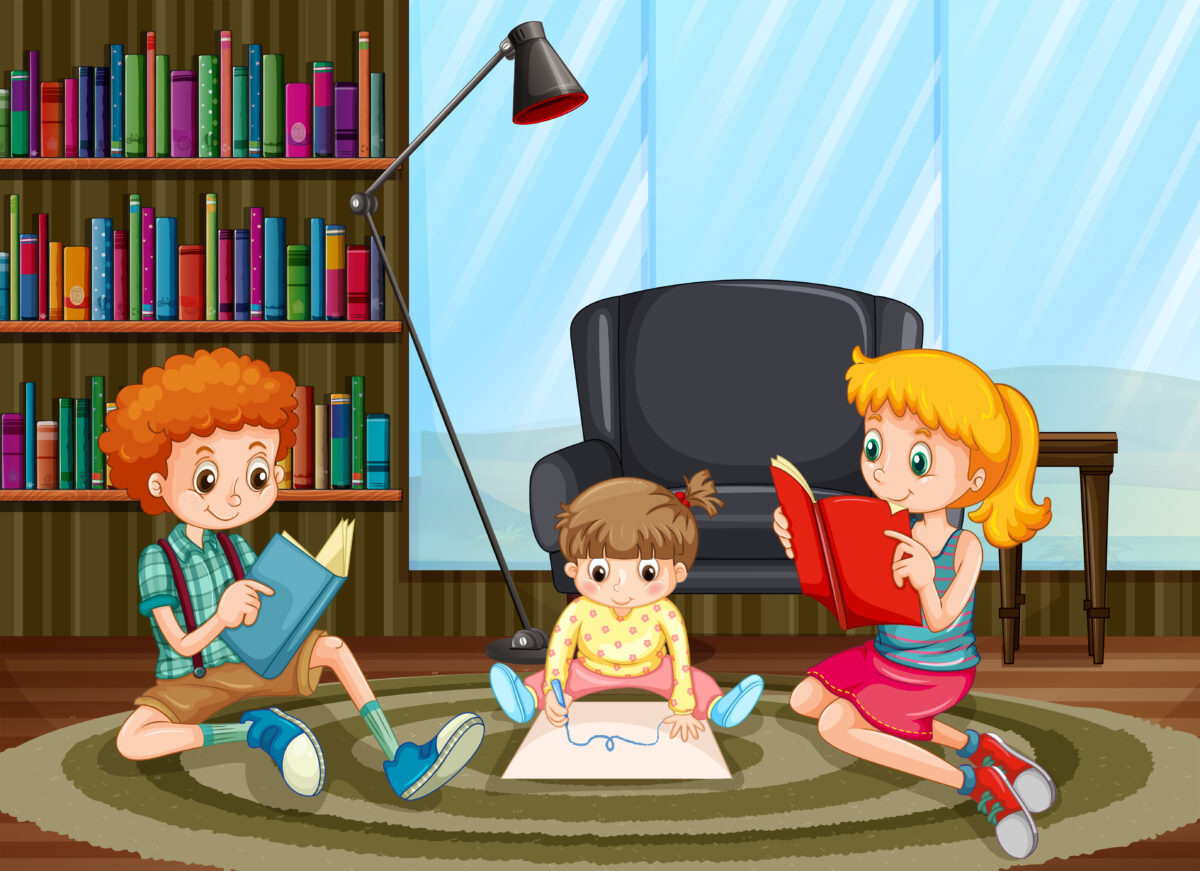Literacy development is an important stage in a child’s life since it forms the foundation of language and reading skills. To effectively assist children at each stage of their early literacy development, educators must comprehend the reasons for the significance of literacy development.
Developing literacy skills at an early age is crucial for the following reasons:
Youngsters who read confidently usually have fewer academic challenges and adopt a self-assured attitude toward learning. Proficiency in reading facilitates self-directed learning and fosters continuous development both inside and beyond educational settings.

Learning to read and write has an impact on how well pupils communicate and solve problems. Strong literacy abilities are typically associated with increased cognitive ability.
B. Overview of how children learn to read
As they play, explore, and engage with others, children learn many new words. Children develop into traditional readers and writers by building on their linguistic findings. Skilled writers and readers are able to decipher material, adhere to writing conventions, and recognize letters and words.
II. Early Literacy Skills
A. Phonemic awareness
Every day, the two of them read.
Research demonstrates that youngsters who have wider vocabularies are better readers.
Have a conversation about the world around you with your child.
Name the photos as you point to them while reading.
When your baby babbles or your child talks, listen carefully and answer.
B. Phonics
Songs can benefit from actions to help break up language into individual words.
Being able to hear sounds that make up words helps children sound out written words as they begin to read. Make up your own silly nonsense rhymes.
Singing songs is a good way to help your child hear syllables in words.
C. Vocabulary development
Help your child learn new words by talking and reading together.
Help your youngster see and feel different forms while you play.
Draw attention to the letters on toys, food boxes, and other household items.
Discuss the differences and similarities between the items above.
D. Comprehension
Urge your youngster to share items with you.
Read favorite books repeatedly. Talk to your child about what you are doing.
Talking with youngsters develops comprehension abilities that will help them grasp what they read.
III. Developmental Stages of Reading

A. Pre-reading stage
When people start reading stories to children and they start to listen, that’s when children enter the pre-reading stage. Pre-reading can start as early as infancy and continue during the first four years of a child’s life, or until they start actively learning to read.
B. Beginning reading stage
the beginning reader (usually between 6 months and 6 years old), the decoding reader (usually between 7 and 9 years old), the fluent, comprehending reader (usually between 9 and 15 years old), and the emerging pre-reader.
C. Fluent reading stage
The four types of readers are the fluent, comprehending reader (usually between 9 and 15 years old), the decoding reader (usually between 7 and 9 years old), the novice reader (usually between 6 and 7 years old), and the expert reader (usually from 16 years and older).
D. Reading to learn stage
At this point, reading is utilized to discover new concepts in order to expand one’s understanding, feel new things, adopt new perspectives, and investigate problems.
VI. Supporting Literacy at Home and in School
Tell her stories, discuss common experiences, and show her images. Read and converse with your child in the language you use at home if you speak another language. His vocabulary will increase and he will be able to connect at school. It may also heighten his inquisitiveness and prepare him for academic success.
A. Promoting a print-rich environment
Take into account these suggestions: Not every book, shelf, table, wall, or chair needs to have a label. Overexposure to print can be disorienting. As children learn to read and write each letter, use a consistent handwriting style, or letter formation.
B. Engaging in reading activities
Prior knowledge, general vocabulary, and familiarity with particular terms will be the main determinants of reading comprehension (not including student variances). The reading tactics used will determine the speed and efficacy, which mostly impacts the motivation and attitude of the pupils toward reading. On the other hand, a variety of factors influence the learning process; nonetheless, being aware of what to focus on, organizing the information, and exchanging impressions with others all greatly aid in this process.
C. Collaborating with teachers
In order to improve student learning and accomplishment, educators collaborate by leading, instructing, and mentoring students between themselves. It would have been simple to share ideas under the previous arrangement, in which teachers attended classes in person and were on campus.
VII. Conclusion
A passion for reading can lead to exploration, learning new things, and the development of many important language abilities, including vocabulary and speech patterns. Reading to your child also helps you two spend quality time together and appreciate each other’s company.


